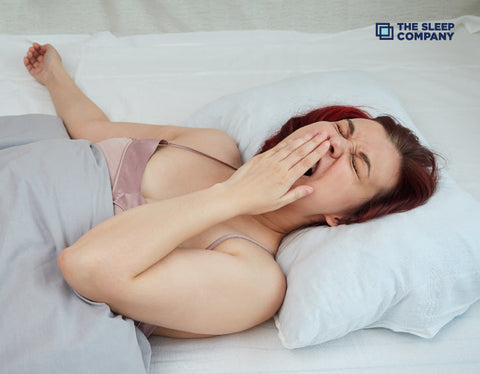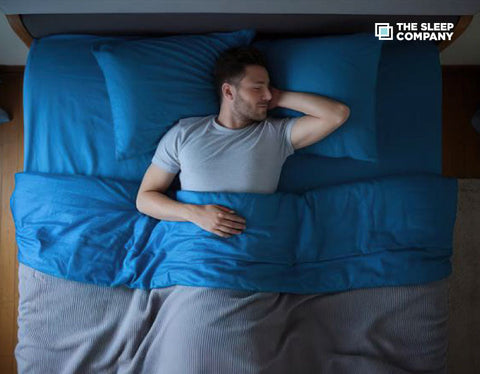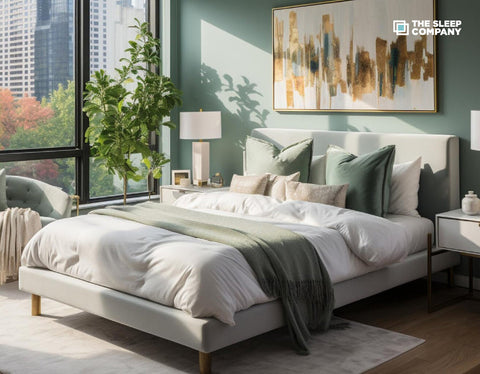My Cart
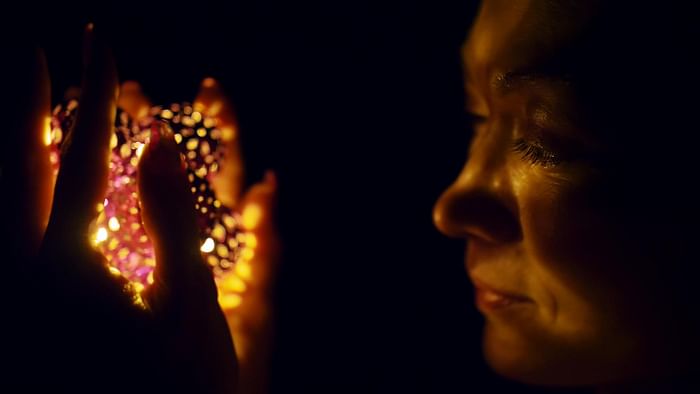
The Negative Effects of Using LED and Blue Lights at Night
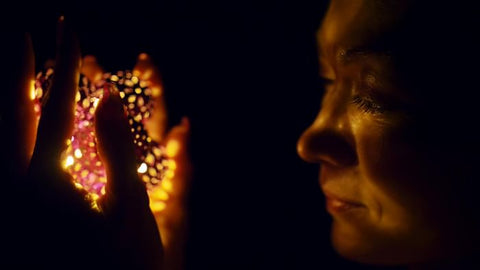
Our life shines brightly in the presence of light. But did you know that not all of that light is good, especially at night? Using LED and blue lights at night can have detrimental mental and bodily repercussions that much exceed any imagined positive advantages. At least as the sun goes down, it seems like it’s time to join the dark side.
Let us analyze the ill effects of using LED and blue lights during night-time.
What Is Blue Light?

The visible light spectrum contains a variety of colors, including blue light. Red, orange, yellow, green, indigo, and violet round out the color spectrum. Each color has a unique wavelength and energy level. Compared to other colors, blue light has shorter wavelengths and more energy. According to certain studies, short-wave blue light with wavelengths between 415 and 455 nanometres is associated with eye damage. In smartphones, TVs, and tablets, LEDs produce the majority of their light at wavelengths between 400 and 490 nanometres.
The Devices that Radiate Blue Light
Many individuals use screens of electronic gadgets continually while working in artificial lighting. It seems sensible to wonder which of these sources produces blue light. Typical blue light sources include:
- Florescent lighting
- LED bulbs
- Smartphones
- Televisions
- Computer monitors
- Tablets
- Gaming consoles
The Effects of LED and Blue Lights
Melatonin production gets affected: A potent hormone that promotes sleep is melatonin. Your circadian rhythm, or internal biological clock, is fundamentally dependent on melatonin. Your body naturally produces more melatonin as evening draws near. Our internal clocks are out of whack during that period, and intense light prevents the necessary melatonin from being made. The outcome? Sleeping and staying asleep are harder to accomplish.
1. Damages the eye: LED and blue light damage the eyes in the following ways:
- Several computer users get digital eyestrain, often known as computer vision sickness. Vision blurring and dry, itchy eyes are symptoms.
- Your retinas may be harmed by blue light. It’s referred to as phototoxicity. Damage severity varies with exposure duration and wavelength. According to research, even brief exposure can be detrimental.
- Blue light may cause long-term eyesight changes. Almost all blue light travels directly to the retina’s back.
- Blue light may raise the risk of macular degeneration, a retinal disease.
2. Sleep disorders:
Sleep problems are associated with screen time, particularly at night. Your circadian rhythm, or sleep cycle, is disrupted by the blue light from electronic devices. When your brain should be winding down, it sends impulses to wake up. According to one study, melatonin secretion was reduced or stopped after just two hours of night-time exposure to blue light. It may be beneficial to turn off your electronic gadgets at least three hours before night. Therefore, it can rightly be said that if you want to sleep well, you must reduce your exposure to blue light.
3. The risk of cancer:
The hormones cortisol and melatonin, which are produced at night, can be quite effective in preventing cancer. Exposure to LED and blue light may increase your risk for some malignancies because it interferes with the production of these hormones. According to one study, those who work the night shift are more likely to get colon, prostate, and breast malignancies.
4. Causes depression:
You can clinically become more depressed by lighting up your home at night. A recent study found a significant correlation between depression symptoms and low-level night-time light exposure. Any age can experience depression symptoms just from watching TV while asleep or using the computer before bed. In light of this, it’s usually a good idea to turn off as many light sources, especially LED ones, as you can before turning them off for the evening.
What about Exposure to Blue Light during the Day?
The body is signaled to wake up by blue light. And that’s a nice thing both in the morning and throughout the day. Shortly as light exposure just before bedtime throws off your body’s normal circadian rhythms, light exposure when you wake up can be helpful when you have jet lag or need to reset that process. The hypothalamus, a region of the brain that assists in controlling biological cycles based on light exposure, is informed that it is morning by blue light. Blue light serves to suppress the hormones that cause sleep in the morning, helping to awaken you in the same way that blue light informs the brain that it is time to be awake at night.
To summarise, blue light exposure is good for you during the day, but it’s night-time overexposure harmful.
Tips on Overcoming Blue Light Exposure
Limit screen time exposure before sleep:
Restrict your screen time exposure at least one hour before you sleep. This negates the ill effects of LED and blue light. Instead opt for activities such as reading, meditation, and stretching.
Obtain exposure to the sun’s rays:
Set the tone for the day and aid in promoting wakefulness and alertness by starting your day with sunlight or bright light. The benefits of blue light can be obtained indoors by just sitting by a window on a sunny day.
Get a better lamp:
As night lamps use faint red lights instead of blue lights. Red light has a lower propensity to disturb circadian rhythm and reduce melatonin. Consider purchasing a lamp that doesn’t emit blue light if you enjoy reading in bed. Both natural light sources like candles and red or orange lamps are effective.
Enhance the Sleeping Environment:
Make your bedroom a better place to sleep by incorporating the following changes:
- Get yourself a comfortable mattress. It is advisable to buy mattress online owing to the economical prices and high-quality that the top mattress brands offer.
- The Sleeping Company’s SmartGRID mattress is recommended as it provides extraordinary comfort and back pain relief. It gives one of the best orthopedic mattress for you. You can use an eye mask to filter out light sources in your bedroom that you are unable to dim or turn off after you are in bed.
- Play relaxing music to help you fall asleep.
- An adjustable bed provides excellent comfort. You can opt for a suitable bed frame as per your preferences.
Activate the night mode of devices:
Turn on the “reading mode”, “night mode”, and “eye comfort mode” of your electronic devices to minimize the blue light emissions. The majority of the latest gadgets provide this feature. Consider using blue-blocking glasses or downloading an app that filters the blue/green wavelength at night if you work the night shift or use a lot of electronics.
Reduce the use of unnecessary apps:
Modern smartphones come with a wide range of apps that might keep you glued to your device. As a result, you are exposed to more blue light. The number of apps is growing quickly thanks to technology. You must therefore manage your consumption of it. Avoid using these unproductive apps to decrease your exposure to blue light.
Conclusion:
With the above-mentioned guidelines, you can control blue light in the greatest way possible. Check with your doctor if you follow these pointers and still struggle to fall asleep. Do remember that not only is maintaining a healthy lifestyle and sleep schedule beneficial for sleep, but it is also crucial for general health

















































